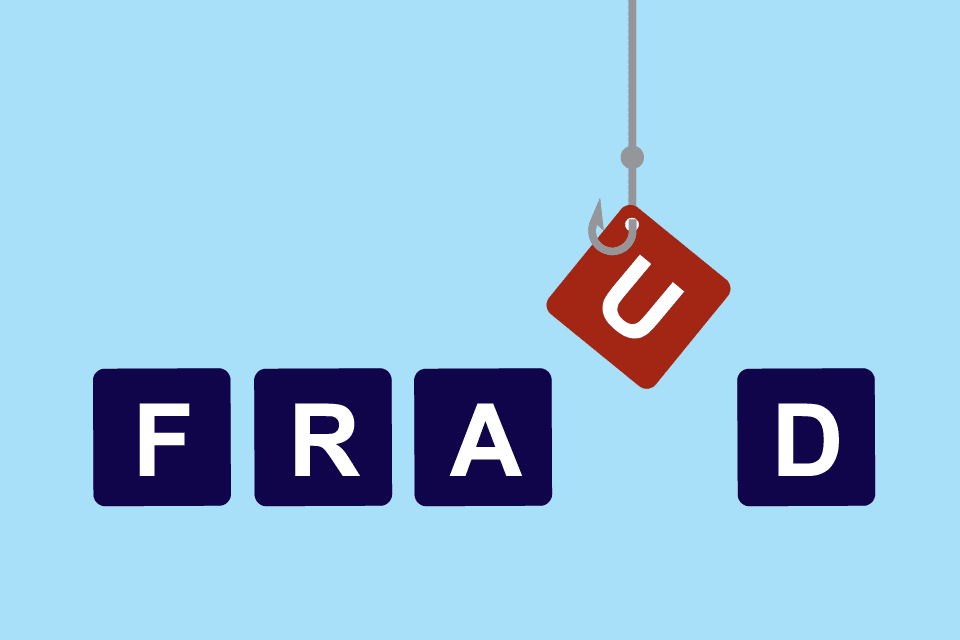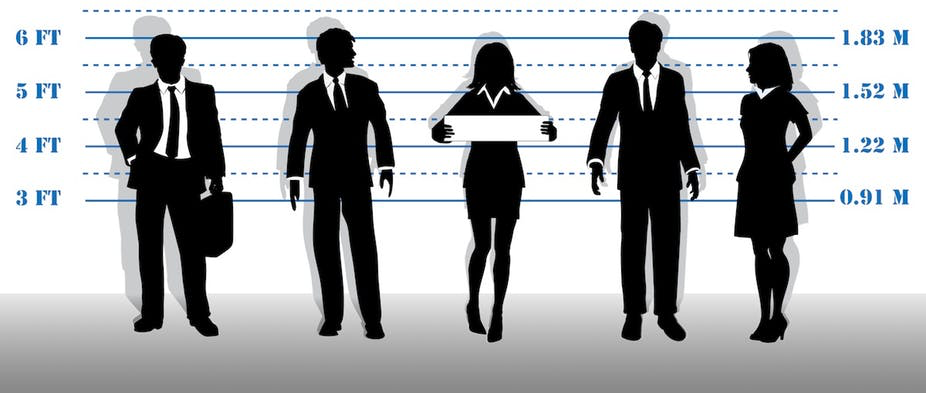
How to Protect Yourself from Employee Fraud?
March 13, 2020
Internal Threat
What comes to mind when you think of a fraudster? A common picture is of a swindling con-man that can talk his way out of anything. Or perhaps you imagined a computer hacker slamming on a keyboard late into the night. It is very unlikely that the image of your own employee came to mind, but maybe it should have…
You may trust your team and not worry about an internal attack but it is wise to consider all possibilities. The shock of employee fraud can leave a long lasting impact on a business. Read on to learn more about the risk!

The Risk
According to the Association of Certified Fraud Examiners (ACFE 2018), businesses lose 5% of annual revenue to fraud. There are many safety measures commonly taken by businesses to protect themselves from internal or external fraud, such as data encryption and using secure payment solutions. But not many merchants think about the risk of fraud from within their company.
89% of employee fraud is committed through asset misappropriation (ACFE 2018).
Common examples of asset misappropriation are:
- Cash Theft
- Credit Abuse
- Cheque Tampering
- Misreported Expenses
- Asset Theft
- Misreported Sales
Although these are the most frequent kinds of employee fraud, these types of theft are usually of a small amount of money. Of course, if an employee gets away with many of these schemes it can add up to an exuberant cost.
Look Out For…
While employee fraud occurs in a multitude of different ways, there are some cases that are commonly reported.
Credit Abuse
Lack of security barriers can give employees access to sensitive company information. Easy access to the company’s debit and credit card machine might tempt an employee to abuse the system. Misuse can go overlooked when transactions are not closely monitored.
Refunds are the danger zone! Both debit and credit refunds can be done without corresponding to a specific transaction. The difference is that a debit card must be physically present to complete a refund, but a credit refund can be done with the card not present.
When a debit transaction is refunded the money is immediately put into the customer’s bank account, which makes it difficult for the merchant to get these funds back if there is an error. This makes it a very risky transaction type that can sometimes slip under the radar.
It is the merchant’s responsibility to protect their customers’ information. Employees have been known to steal customer’s credit card information, which the business can be held liable for.. There are also dangerous devices called “card skimmers”. This is a very small device that can read a card’s magnetic strip and steal its data. The thief can use the data later for identity theft and to make unauthorized purchases.
What To Do:
There are some very simple ways to prevent employees from refunding money to themselves. It is important to use a secure payment solution. Devices like Smart Terminals have many automatic features to mitigate the chance of fraud. For example, your terminal should not print the customer’s full credit card number.
It is important to password protect both your devices and files. You should require an admin or manager password to be entered before a refund can be issued! All refund transactions should be reviewed each day. Another red flag to watch for is a transaction batch with a negative amount, meaning there were more credits than sales.
Cheque Tampering
Employees working in finance or administration will usually have easy access to the company cheque book. This presents a relatively simple way for employees to steal directly from their employer. Employees can manipulate the cheques in various ways to benefit themselves.
It is relatively easy for an employee to forge a cheque. Common strategies are forging signatures, altering the payee or value of the cheque. Sometimes employees have direct access and authorization to write company cheques, which of course is dangerous.
What To Do:
Regular monitoring is key to protecting your business. Tampering with cheques is a common crime, but fortunately is relatively easy to catch. If an employee writes themselves a cheque, for example, there will usually be an easy to follow trail of evidence.

How to Fight Fraud
Establishing a comfortable and trusting company culture is a great asset to a business. Having a reliable team can make or break the success of the company, especially for small businesses. We do not want you to stop trusting your employees!
However, we encourage you to prepare for all scenarios. It is important to remember that there are merchant services at your disposal to help you set up defences. To protect yourself from internal fraud there are 2 main steps you should take.
- Use the best and most secure technology
Talk to the Experts today for a full risk assessment. We offer a free consultation to assess your unique needs. Our expansive knowledge of all the latest terminal and POS technology will ensure you find the perfect payment solution along with superb merchant services. - Diligence
Merchants must ensure there are checks and balances built into their process. This includes implementing a strict review policy within your organization. Another strategy is to have more than one person reviewing monthly statements, to increase accountability. And conduct random internal audits to make sure things are running as they should be!
To learn more about how you can protect your business from fraud, contact Payment Experts today! We pride ourselves on our dedicated customer service, and will explore all the best options for your business.




